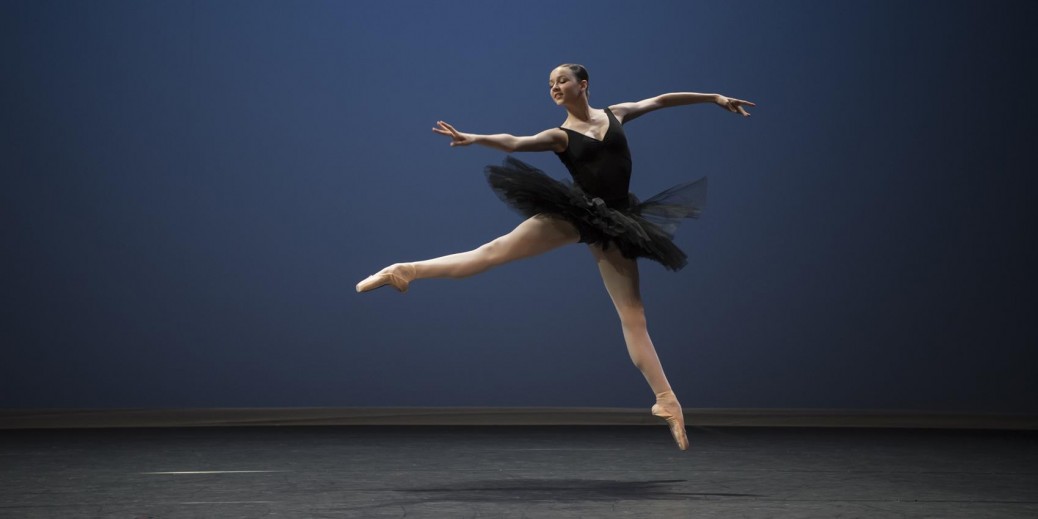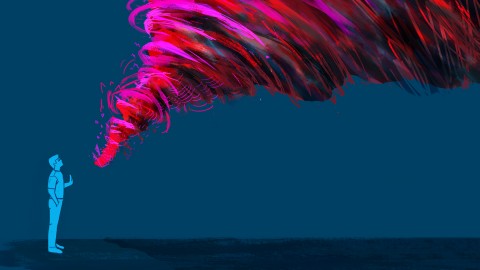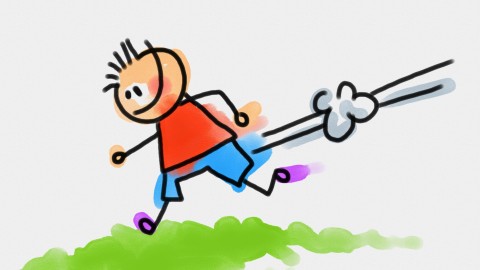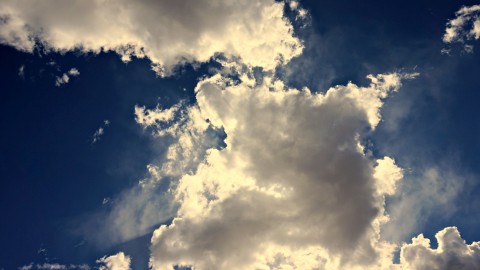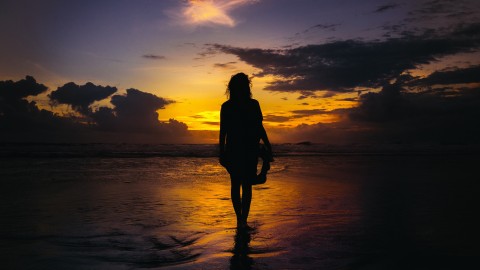A water bearer in India had two large pots, each hung on each end of a pole which he carried across his neck. One of the pots had a crack in it, and while the other pot was perfect and always delivered a full portion of water at the end of the long walk from the stream to the master’s house, the cracked pot arrived only half full. For a full two years this went on daily, with the bearer delivering only one and a half pots full of water to his master’s house. Of course, the perfect pot was proud of its accomplishments, perfect to the end for which it was made. But the cracked pot was ashamed of its own imperfection, and miserable that it was able to accomplish only half of what it had been made to do.
After two years of what it perceived to be a bitter failure, it spoke to the water bearer one day by the stream. “I am ashamed of myself, and I want to apologize to you.”
“Why” asked the bearer. “What are you ashamed of?”
“I have been able, for these past two years, to deliver only half my load because this crack in my side causes water to leak out all the way back to your master’s house. Because of my flaws, you have to do all of this work, and you don’t get full value from your efforts,” the pot said.
The water bearer’s heart went out to the old cracked pot, and in his compassion he said, “As we return to the master’s house, I want you to notice the beautiful flowers along the path.”
Indeed, as they went up the hill, the old cracked pot took notice of the sun warming the beautiful wild flowers on the side of the path, and this cheered it some. But at the end of the trail, it still felt sad because it had leaked out half its load, and so again it apologized to the bearer for its failure.
The bearer said to the pot, “Did you notice that there were flowers only on your side of the path, but not on the other pot’s side? That’s because I have always known about your flaw, and I took advantage of it. I planted flower seeds on your side of the path, and every day while we walk back from the stream, you’ve watered them.
For two years I have been able to pick these beautiful flowers to decorate my master’s table. Without you being just the way you are, he would not have this beauty to grace his house.”
True Strength
Like a pot we always see our weakness. As the pot was stuck in his weakness so we are. We never think that our weakness can become Beauty To Grace.
You struggle with weakness and strength. Approaching it logically, we suppose strength is the absence of weakness, and vice versa, right? So we try to build up our strengths and reduce our weaknesses. But often we go in circles, never quite succeeding at either.
We’re wrong. Strength isn’t the absence of weakness. Strength and weakness are one. There can’t be one without the other. Weakness is just the mirror image of strength, and vice versa. They are the very same thing.
Perhaps you are principled, but judgmental. You’re easily hurt, but compassionate. You’re focused, but one-dimensional. You are creative, but a mess. Pragmatic, but boring. Humble, but a pushover. Passionate, but maniacal. You’re greedy, but meticulous. You’re brave, but foolhardy. And so on. Perhaps you recognize aspects of yourself even here.
Strength and weakness aren’t separate. They’re just two aspects of the same things in us. When we try to divide them, that is when we fail at both. We are principled, so we try to be less judgmental. And now we are not even principled. We are compassionate, but easily hurt, so we try to be harder, but lose our compassion.
Growth is understanding that greater strength also produces greater, not less, weakness. We can’t divide them. They’re one.
True strength is awareness. Self-awareness is not the game of choosing identities, little bits of ourselves to desire. That kind of love, which celebrates only what it thinks is valuable, is narcissistic. It is as superficial as desiring a person just for the way they look, isn’t it? It’s turning yourself into an object. So that kind of self-love is shallow and narrow, not pure, clear, true.
True strength is never dividing one’s self up into weak and strong to begin with. Always – always – when we divide ourselves, then do fear and anxiety arise. When we have divided ourselves into strength and weakness, and want to exercise parts of us, then of course we will be anxious and afraid, will we not? We will always think we are only weak this way, because we can never really get “rid” of our weaknesses at all.
Learning from story Beauty To Grace: True Strength
Experience Learning
True strength is knowing, experiencing the truth, that in our fragility lies our possibility. And therefore, we must accept not just our strengths, but also our weaknesses. We must love them even more fiercely than we love our strengths, for they are one and the same.
True strength is compassion. It is not just our weaknesses that are our strengths. It is everyone’s. We are all one and the same this way. The oneness of strength and weakness is not just being human, it is just being. It is as true for an ant or a tiger as it is for you. The tiger is swift, but he must eat and eat. The ant is slow, but he can survive the greatest blows. And so on.
Now we can look at every person differently, can we not? With true compassion. The weaknesses we so despise in others also contain strengths, and the strengths we so admire also hold weaknesses.
Now we do not simply have to despise the weak and admire the strong, right? We can have compassion for every single being, including ourselves, and know that they, just like us, are struggling with the oneness of strength in weakness, and weakness in strength. So we do not have to judge them against us, or us against them, anymore.
We have a more sophisticated way of seeing people now, through to the truth of them. There is no us and them, no separation. No matter how superficially “different” they may appear to be, we are all walking the same path home.
True strength is perspective. Now we arrive at the last, most difficult part of self-awareness. We, as Whitman said, contain multitudes. We are not just weak or strong. We are weak and strong. So we must see ourselves totally differently. We can’t simply idealize ourselves as one dimensional beings anymore. We must learn to know ourselves as contradictions. Sometimes we are weak, sometimes we are strong.
And that is just how it should be.
Is the river weak or strong, when the water flows around the rocks? Is the tree weak or strong, when it bends in the wind? Is the glacier weak or strong, when the ice melts? Lao Tzu called all this actionless action. It is the idea that the truly mighty things are weak and strong, not weak or strong. Like the river, the tree, the glacier, they do not always act, do they?
Weak and strong are just matters of perspective now, are they not? Sometimes, what we call weakness is strength, and strength weakness. Is it strong or weak to prevent an enemy from being hurt? Is it weak or strong to love someone for their fragility? Now you understand the principle of actionless action a little. It is not a matter of either/or, but both. The whole is greater than the parts.
We need to be not weak or strong to be mighty, but weak and strong to be mighty, which is what true strength is. The river, the tree, the glacier, all the forces of nature are mighty not because they are weak or strong, but because they are weak and strong.
And so are you.
Therefore. You are the mightiest thing in all creation. All of being is in you. Weak and strong. That is all that true strength really is.
Tags: Being A Witness Immensely Strong Neutral Observer Purpose In Life Really Vulnerable True Strength
